What to know before you go!
Winter hiking in the Ozark National Forest can be a beautiful and rewarding experience, but it comes with its own set of challenges and considerations. Here are some general tips and information to keep in mind for winter hiking in the Ozark National Forest:
Trail Conditions: Check trail conditions before heading out. Winter weather can impact trail accessibility and safety. Some trails may be closed or have restricted access during certain conditions. You can find updates on the forest and park service webpages.
Weather Preparation: Be prepared for variable winter weather conditions. Dress in layers to stay warm and bring waterproof clothing to protect against rain or snow. Check the weather forecast before your hike, and be aware of any potential storms or severe weather conditions.
Trail Maps and Navigation: Carry a detailed trail map and a compass or GPS device. Winter landscapes may look different, and snow cover can obscure trail markers.
Shorter Days: Winter days are shorter, so plan your hike accordingly. Start early to ensure you have enough daylight for your planned route.
Water and Hydration: Even in cold weather, it’s essential to stay hydrated. Carry enough water, and consider using an insulated water bottle to prevent freezing.
Wildlife Awareness: Wildlife activity may vary in the winter, but be aware that some animals are still active. Know how to respond if you encounter wildlife and carry bear spray if necessary.
Leave No Trace: Follow Leave No Trace principles. Respect the natural environment, stay on designated trails, and pack out all trash.
Permits and Regulations: Check for any permits or regulations specific to the trails you plan to hike. Some areas may have seasonal restrictions or requirements.
Emergency Preparedness: Inform someone of your hiking plans, including your expected return time. Carry a fully charged cell phone and consider bringing emergency supplies such as a first aid kit.
Winter Gear: Depending on conditions, you may need additional winter gear, such as traction devices for your boots (e.g., crampons or microspikes) if there’s ice on the trail.
Always be flexible with your plans and be prepared to turn back if conditions become challenging. For the most accurate and up-to-date information on trail conditions and any alerts, it’s advisable to check with the Ozark National Forest office or visit their official website before your trip.


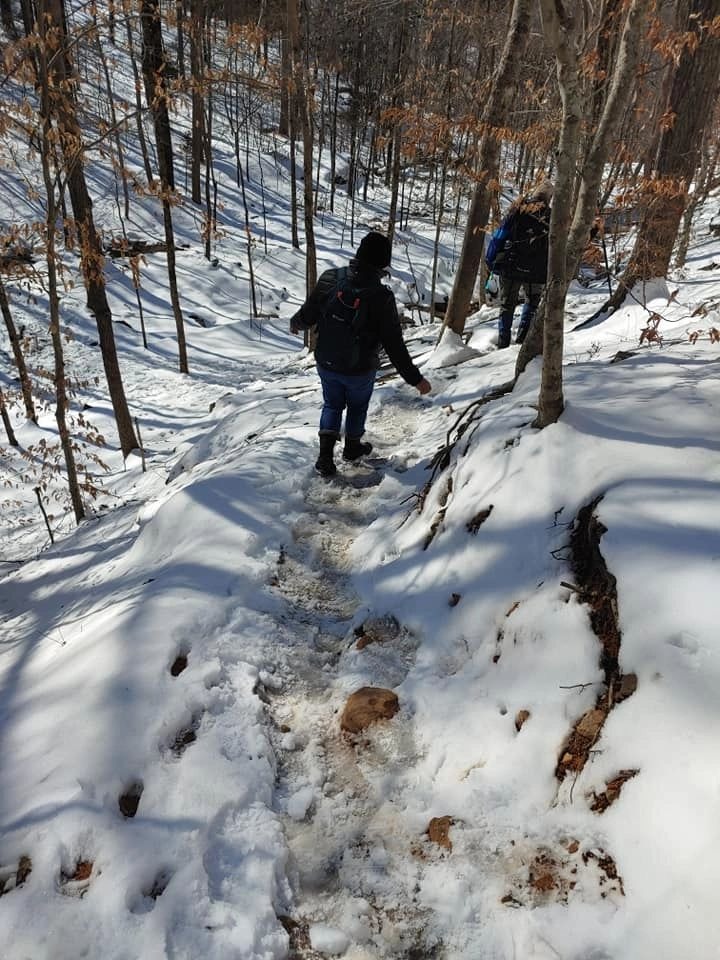
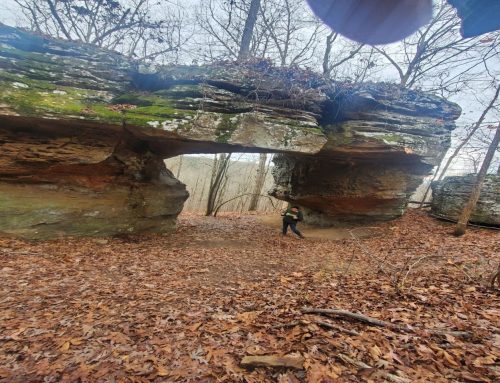


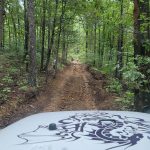
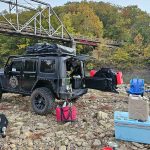

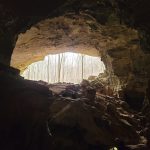
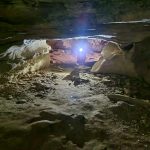

Leave A Comment